Idaho Power webinar
Task 2 and 3 updates
Nathan Sutton
Oak Ridge National Lab
Subtask 2a
Implement a hatchery model for the Brownlee reach and demonstrate the ability to simulate collection of 6 vs. 20 broodstock.
Existing hatchery function

Hatchery function operating as expected
- Number/ origin of broodstock controlled by input parameters Tquota and Tsource
- Stocking juveniles increases population size in target reach
Subtask 2d
Estimate appropriate stocking numbers for broodstock capture of 6 vs. 20 adults to minimize genetic introgression over the long-term.
Appropriate stocking numbers
Subtask 3a
Implement the ability to simulate larval collection and repatriation in the PVA model
Modified hatchery function

Stocking numbers decreased w/ repatriation
Subtask 3b
Simulate the scenario with no change in water quality and document results
Portfolio theory compares risk/returns of hatchery

Portfolio theory compares risk/returns of hatchery
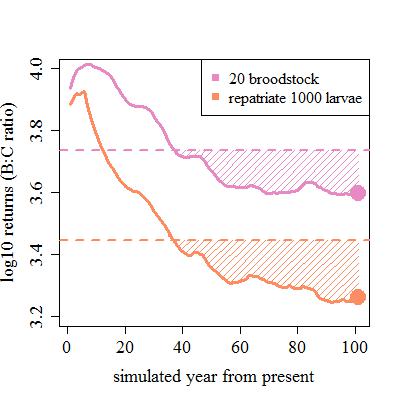
returns as benefit:cost ratio @ 100 years - represented here as a point
downside risks as below average returns - represented here by shading
Portfolio theory as a neutral framework
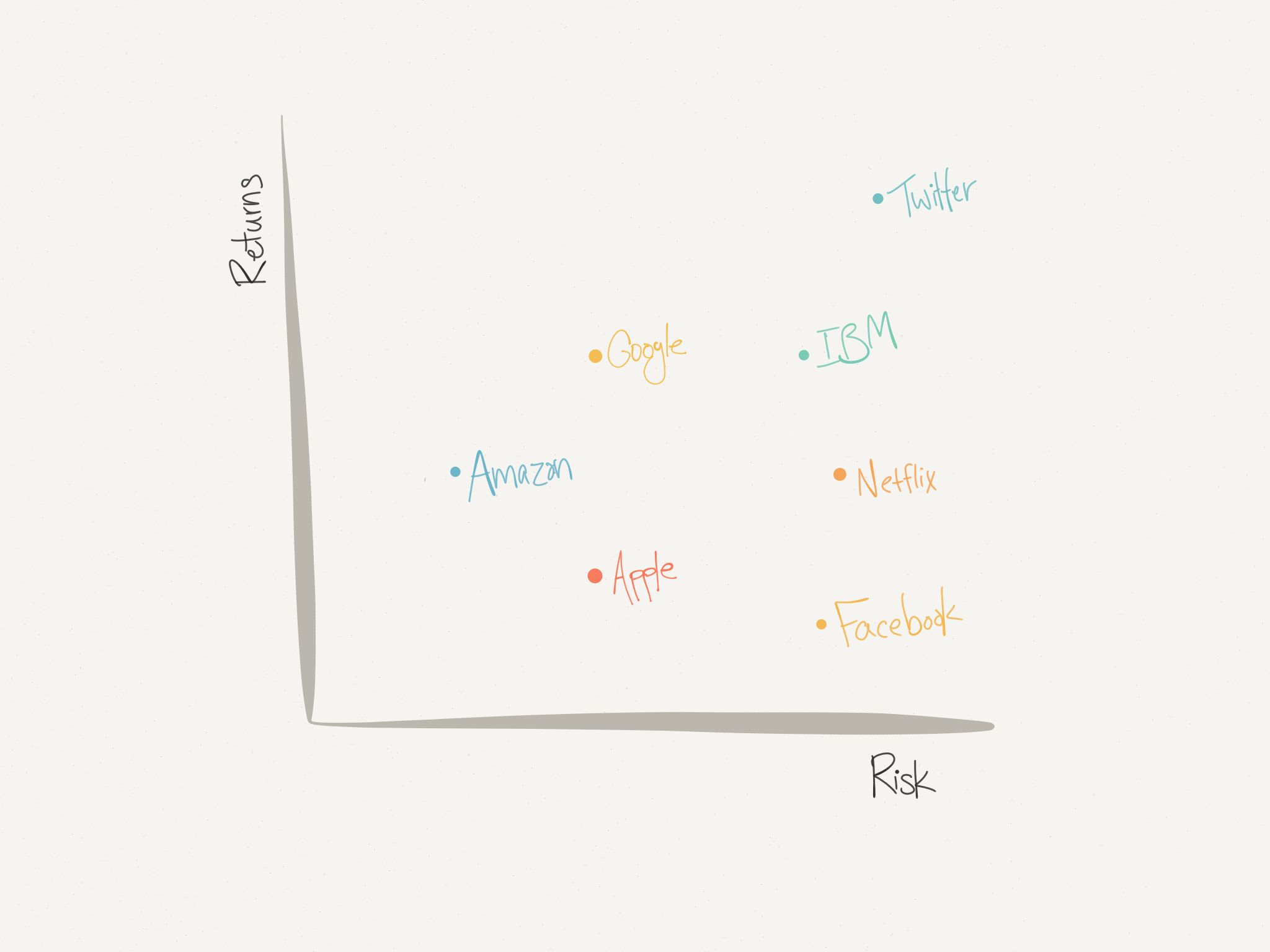
Portfolio theory as a neutral framework
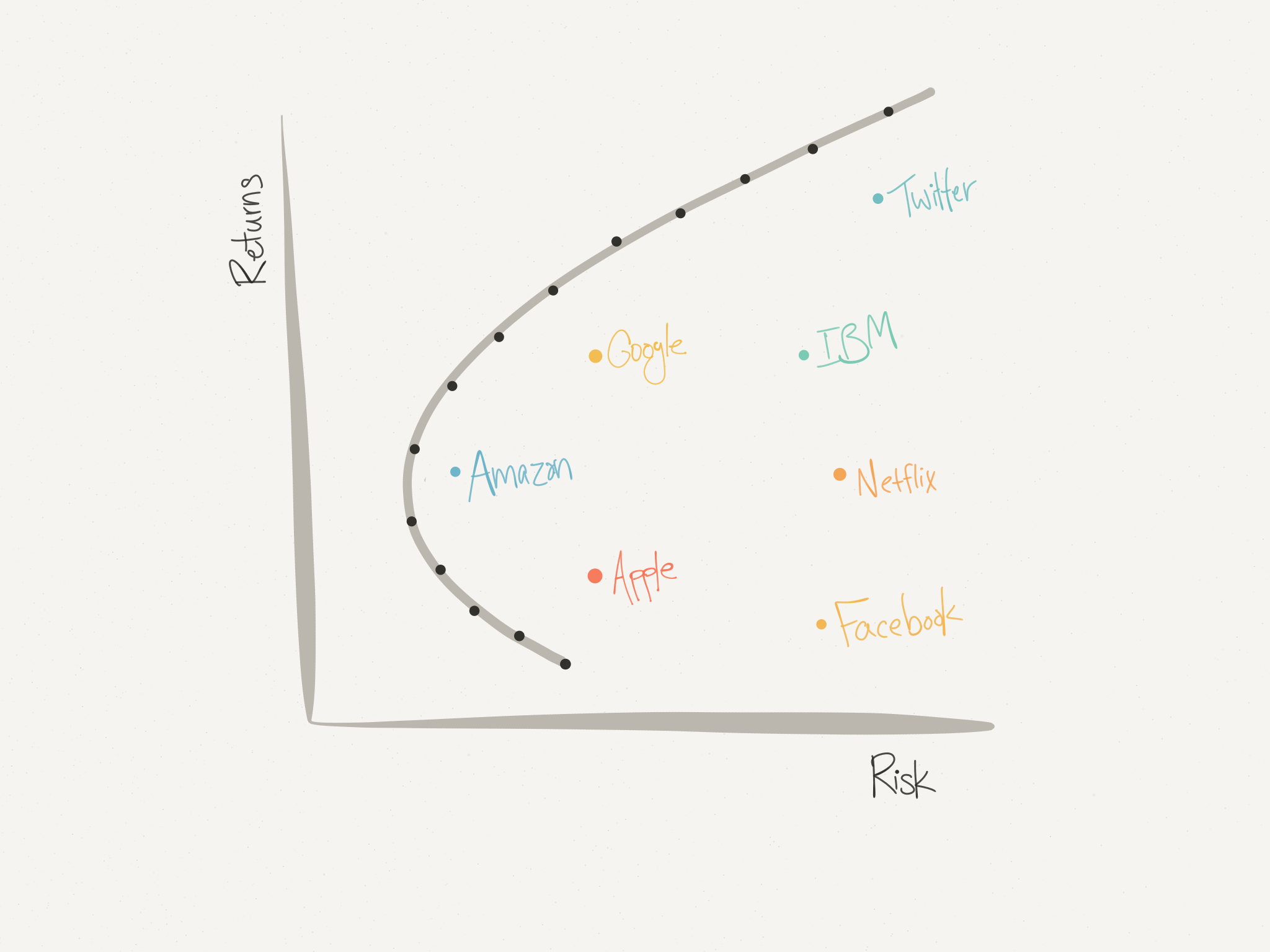
Portfolio theory as a neutral framework
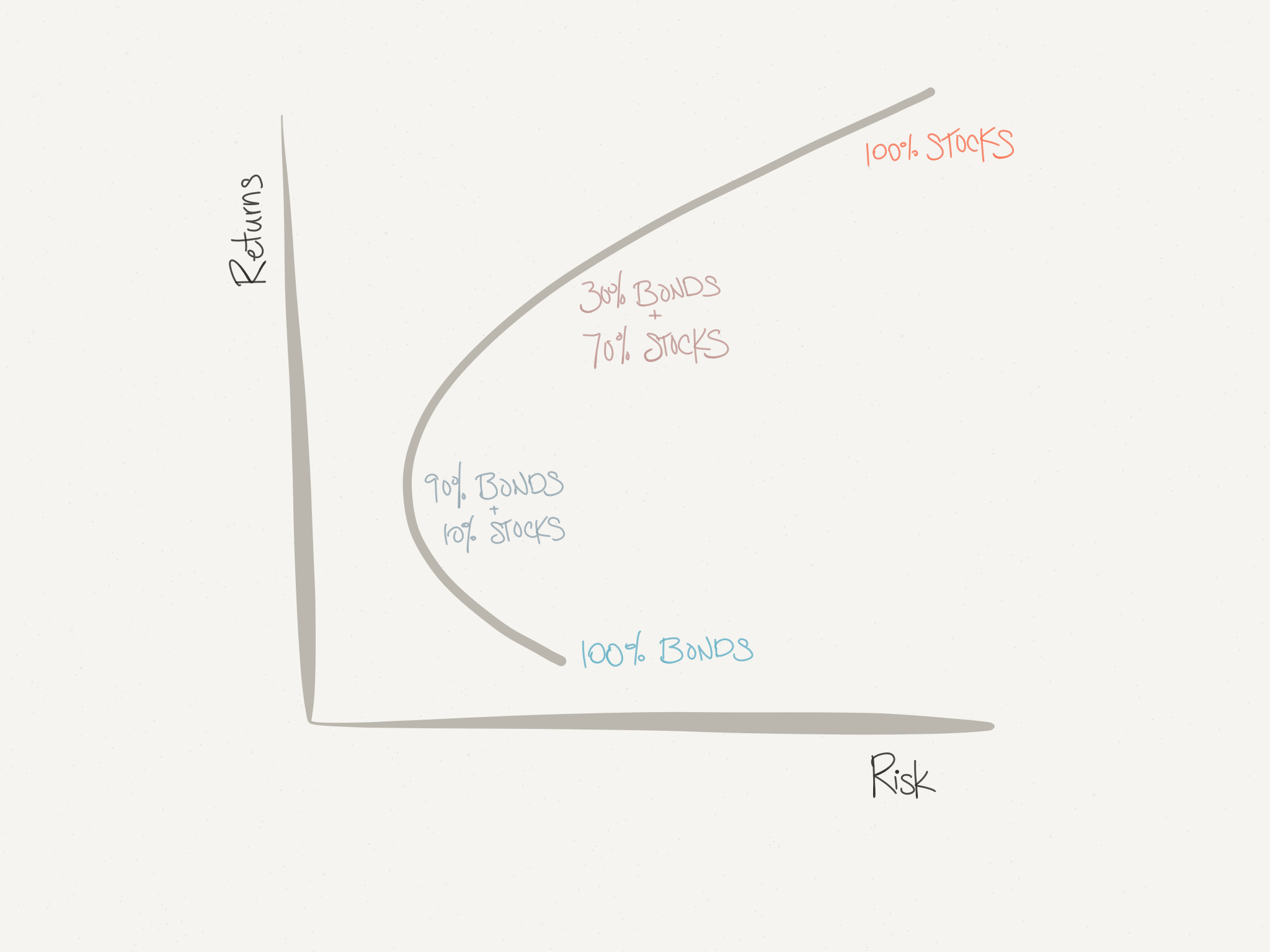
Tradeoffs between Bliss and Brownlee
Few solutions efficient for both reaches
Research conclusions
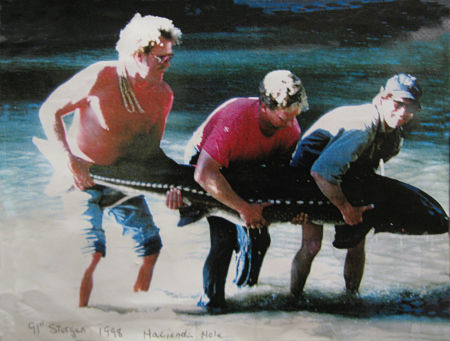 One efficient solution (10, no release limit)
One efficient solution (10, no release limit)
Many suboptimal at upper/lower risk levels
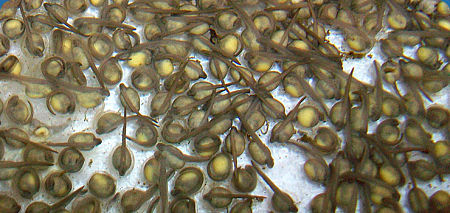 Two efficient solutions (750 or 850)
Two efficient solutions (750 or 850)
Many suboptimal at intermediate risk levels
Working Tasks
- Updating risk calculations with updated water quality data (Nate)
- Automating modification of input parameters for PVA (Nate)
- Improving spatial and temporal resolution of PVA by adapting shortnose model (Yetta)